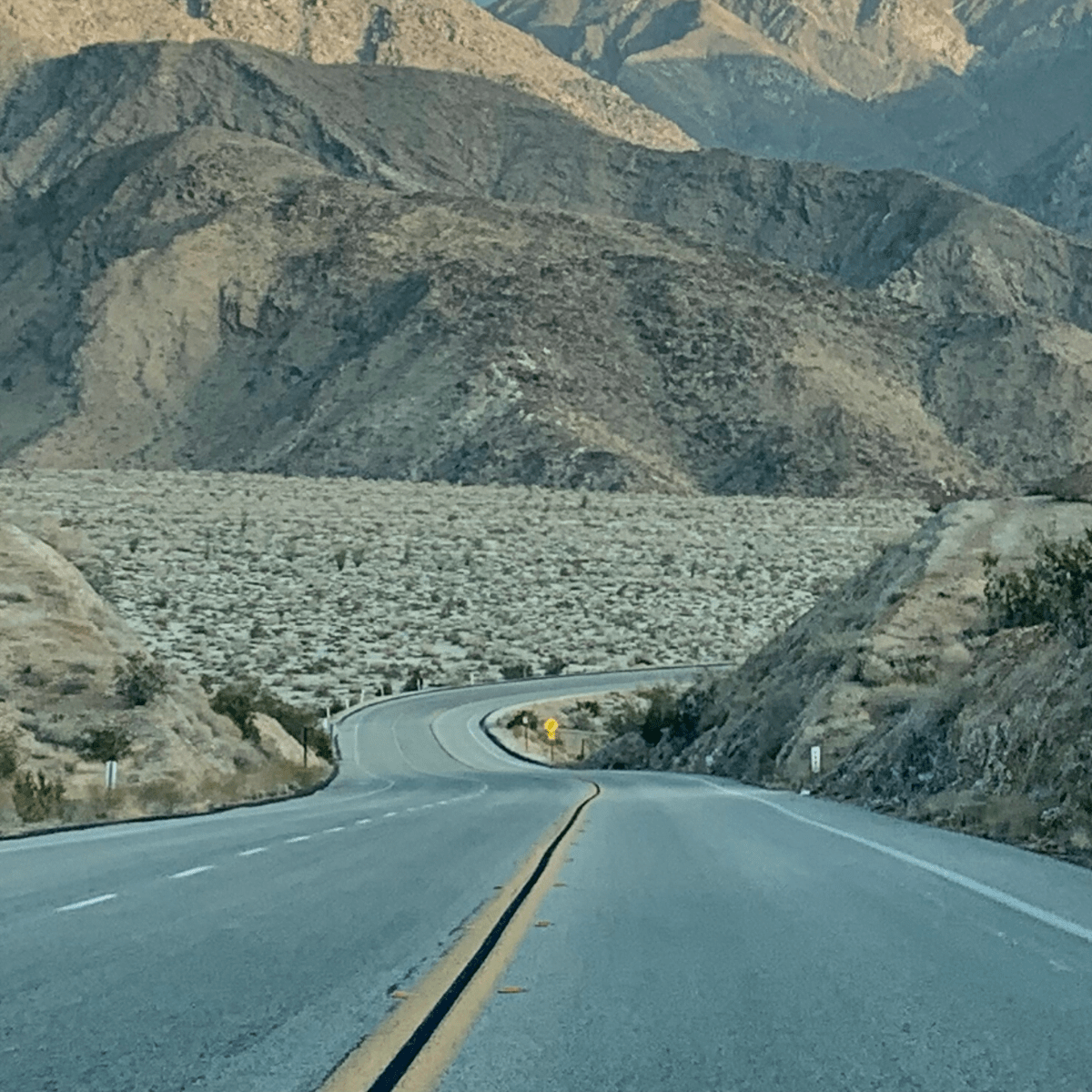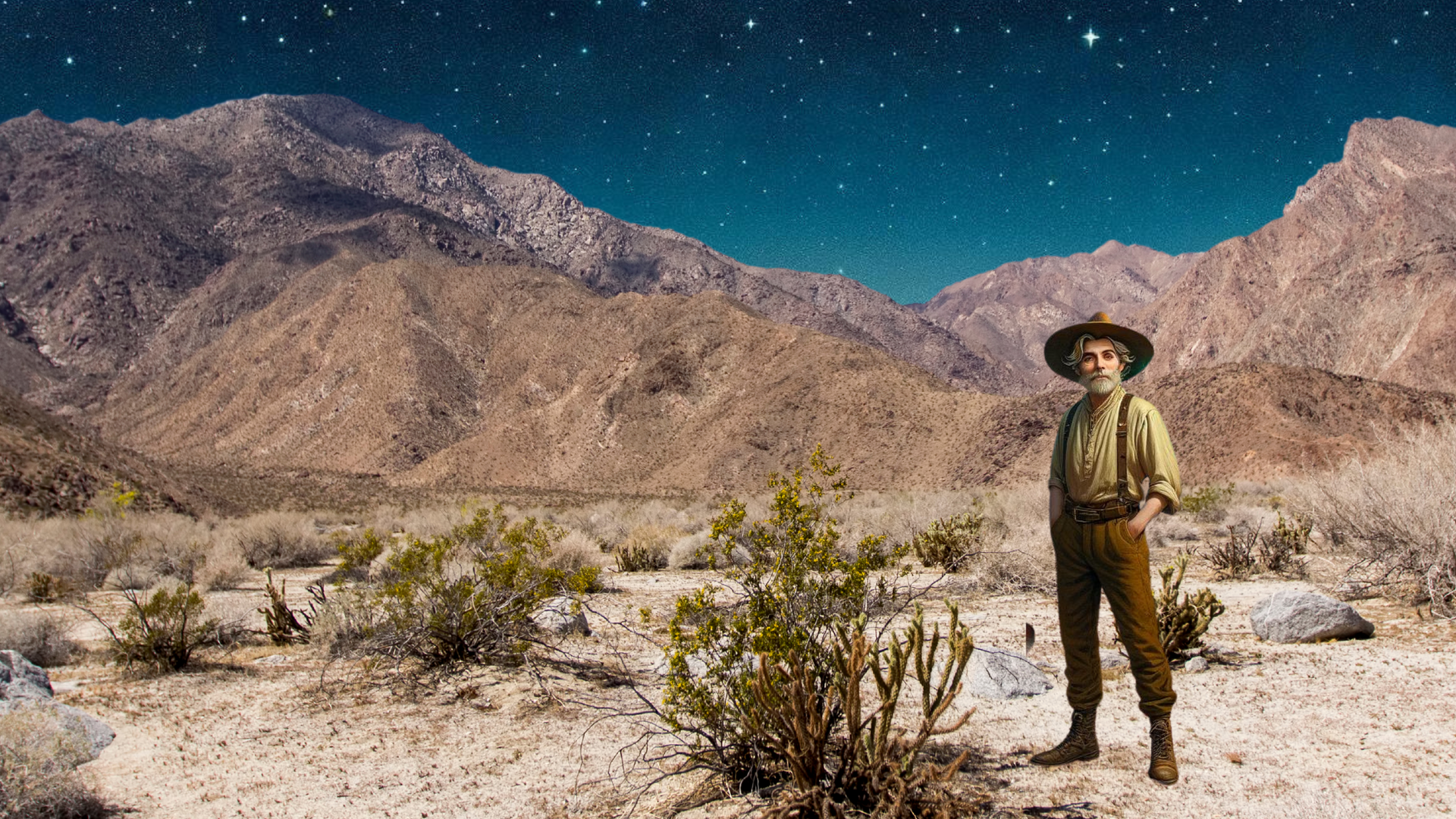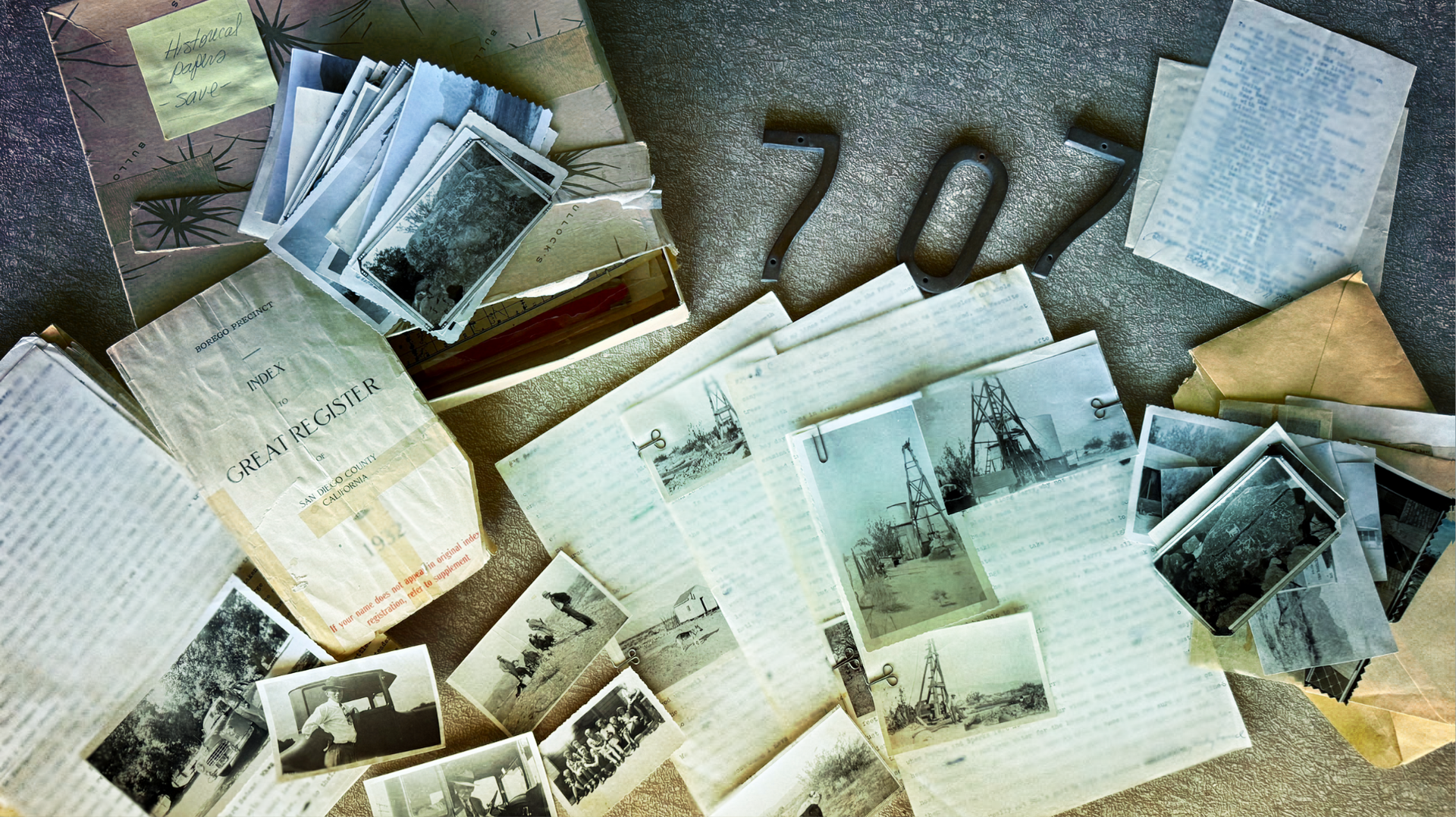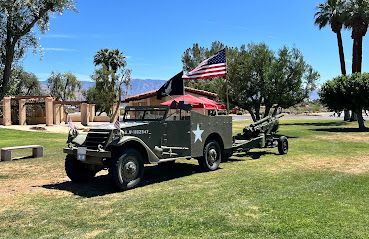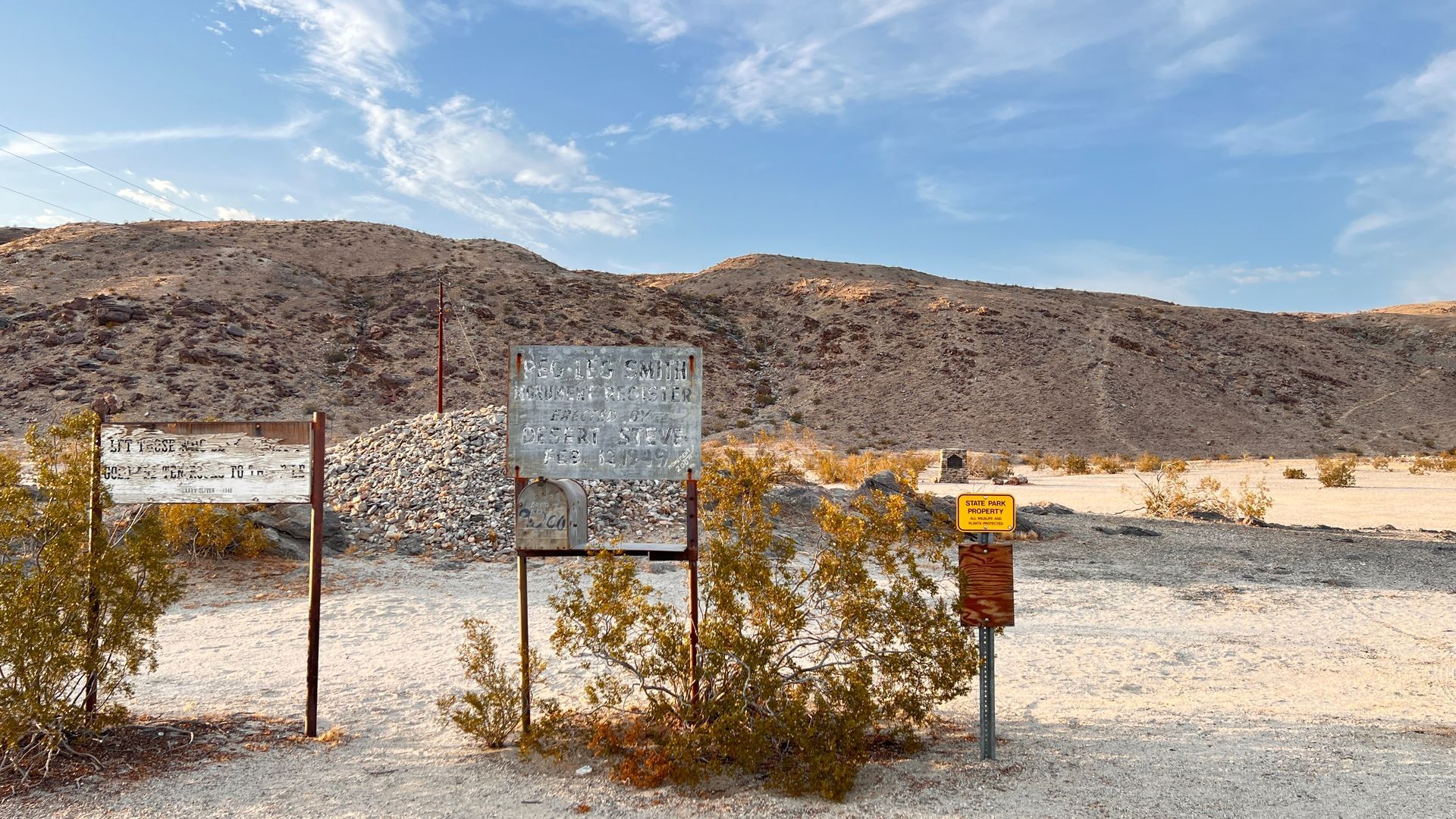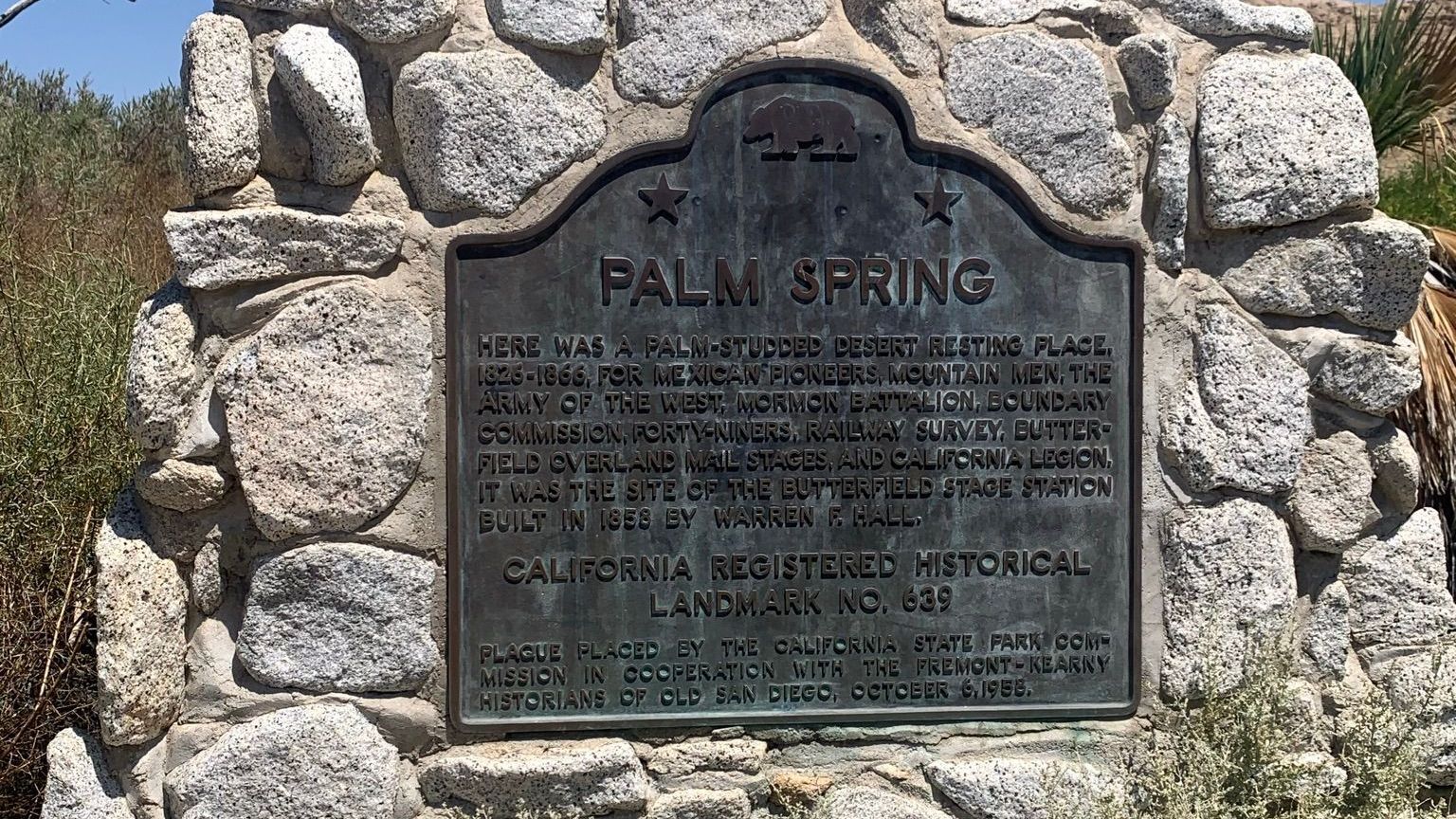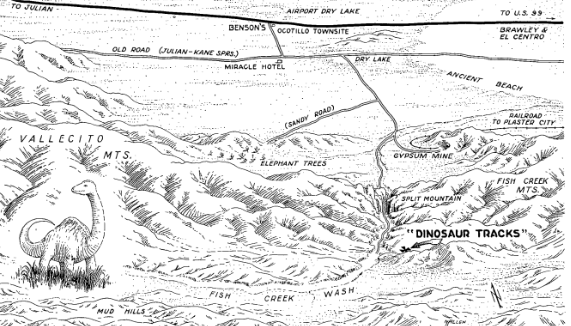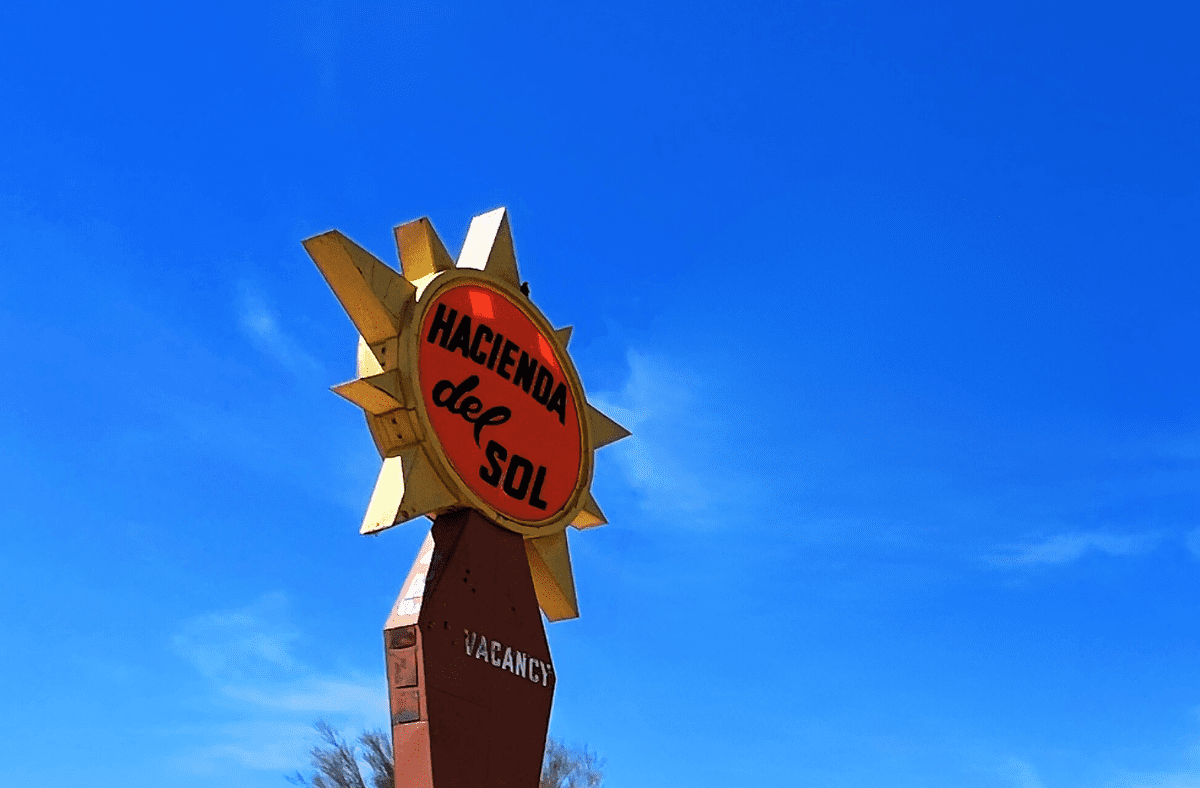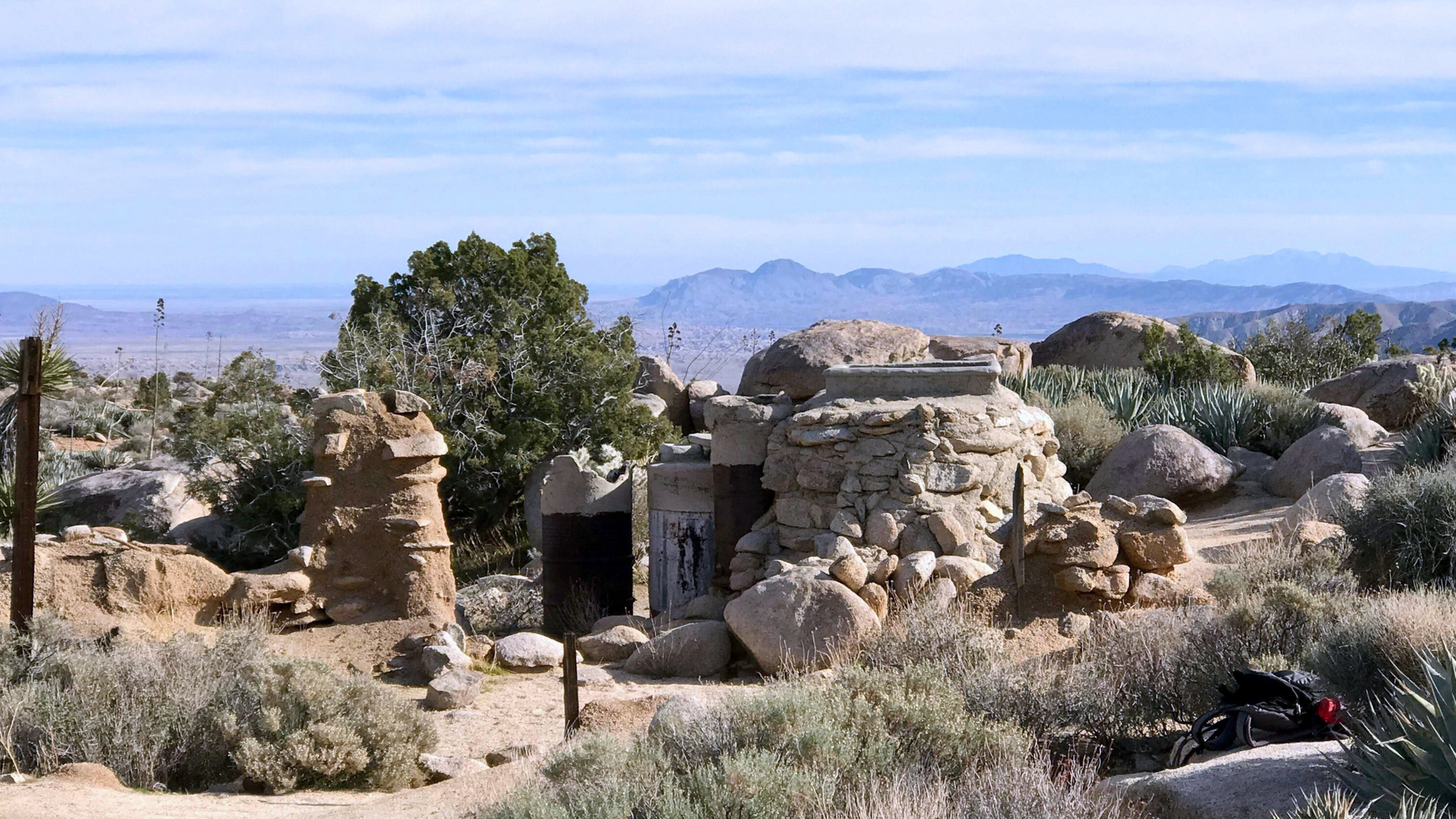The 1948 Uranium Discovery in Anza-Borrego
Share
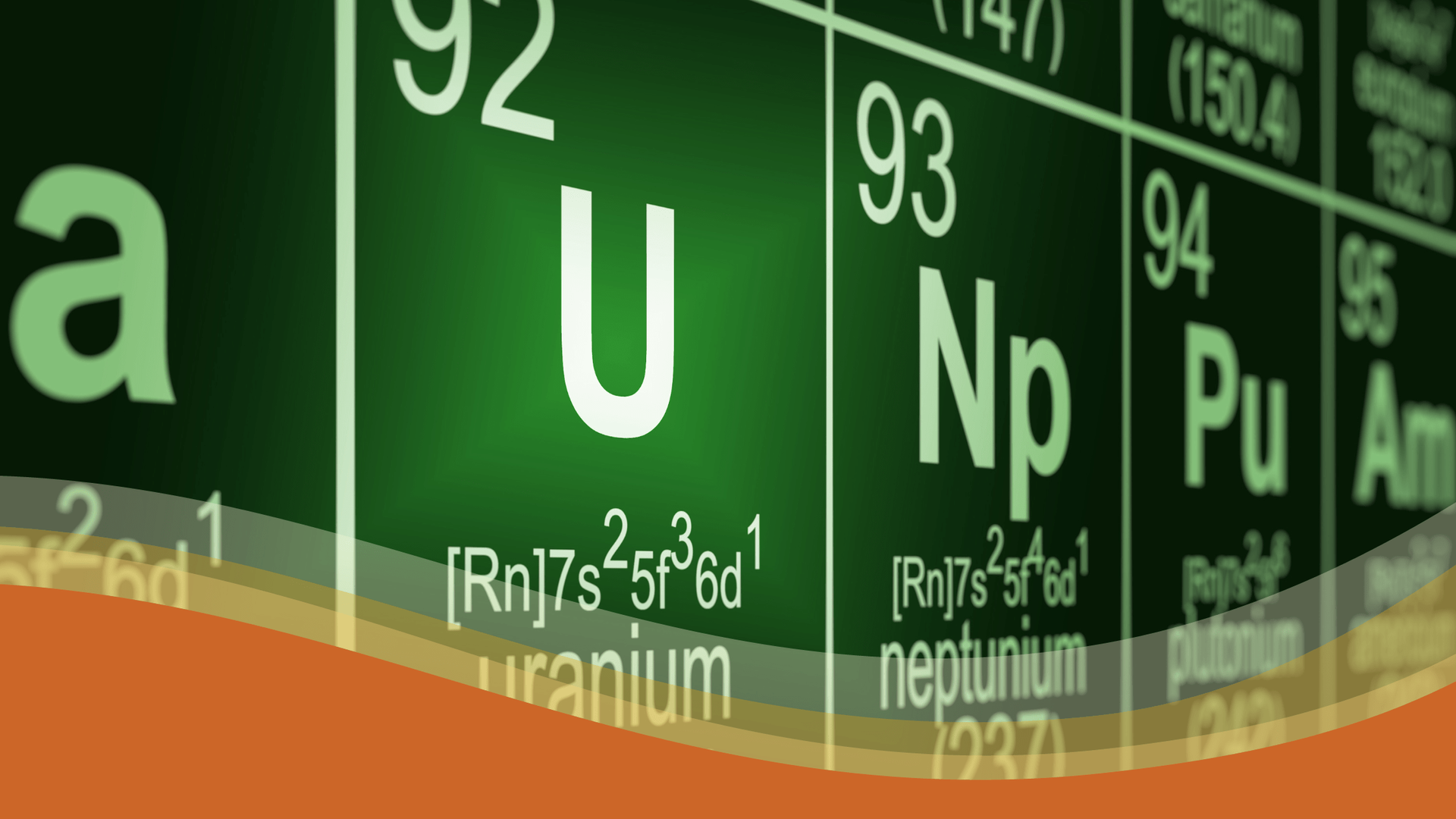
Unearthing Anza-Borrego's Geological Significance
Anza-Borrego State Park, a sprawling desert landscape in Southern California, is a treasure trove of geological wonders, cultural history, and ecological diversity. While the park is renowned for its stunning vistas, unique flora and fauna, and rich indigenous history, there’s another layer to its story that often goes unnoticed: its geological significance. In 1948, a discovery of uranium deposits in the park’s Badlands area added a new chapter to Anza-Borrego’s multifaceted narrative. This blog explores the intriguing story behind this discovery, its cultural implications, and the ethical questions it raises.
The Man Behind the Discovery: Fred Hinds
Fred Hinds, an itinerant sign painter and prospector, made headlines in 1948 when he discovered deposits of uranium-bearing ore in the Badlands area of Borrego Valley. Interestingly, Hinds was initially on the hunt for the legendary Peg-Leg Smith mine, a treasure that has eluded prospectors for generations.
The Ore: Carnotite’s Radioactive Reveal
The ore that Hinds discovered was identified as carnotite, a uranium ore that also contains vanadium and potassium. Carnotite ores were sometimes mined for radium in the early 20th century. When tested with a Geiger counter, the ore showed a reading of 20, considered fair for uranium-bearing ores.
What is Carnotite?
Carnotite is a uranium-vanadium oxide mineral that also contains small amounts of potassium. It is often bright yellow and can be found in sedimentary rocks. Carnotite is one of the ores that can be processed to extract uranium, vanadium, and sometimes radium.
Historical Context: Mining for Radium
In the early 20th century, carnotite ores were sometimes mined for radium, a radioactive element used for various industrial and medical applications. The discovery of carnotite in Anza-Borrego thus added a historical layer to the park, linking it to early practices in the mining and use of radioactive elements.
The Geiger Counter Reading: What Does It Mean?
A Geiger counter reading of 20 may not indicate a massive deposit, but it is considered fair for uranium-bearing ores. This reading was significant enough to warrant further exploration and studies. Geiger counters measure ionizing radiation and are commonly used to detect the presence of radioactive materials.
The Location: Anza-Borrego’s Badlands
The exact location of the deposit was kept under wraps, but it was said to be in an area known as the Badlands, near the source of San Felipe Creek. The Badlands are a geological wonder within Anza-Borrego State Park, known for their rugged terrain and unique rock formations.
The Atomic Energy Commission’s Interest
The discovery piqued the interest of the Atomic Energy Commission, leading to further tests to assess the viability and extent of the uranium field. This sparked debates about the potential for mining, touching on issues of sustainability, ethics, and environmental impact.
Cultural and Historical Layers
The discovery added another layer to the rich tapestry of Anza-Borrego State Park, a place already known for its geological wonders and cultural significance, including its historical relevance to the indigenous Kumeyaay people.
The Ethical Debate: To Mine or Not to Mine
While the reserves were not described as massive, the discovery ignited debates about whether to mine these deposits. The discussions extended beyond the boundaries of the park, touching on broader issues of sustainability, ethics, and the long-term impact on the landscape.
Final Thoughts
The 1948 discovery of uranium in Anza-Borrego State Park is a chapter that invites us to ponder the complex interplay between geology, culture, and ethics. It serves as a reminder that our natural landscapes are not just scenic vistas but are also filled with hidden stories and ethical dilemmas, waiting to be discovered and understood.
Learn More About Borrego Springs
